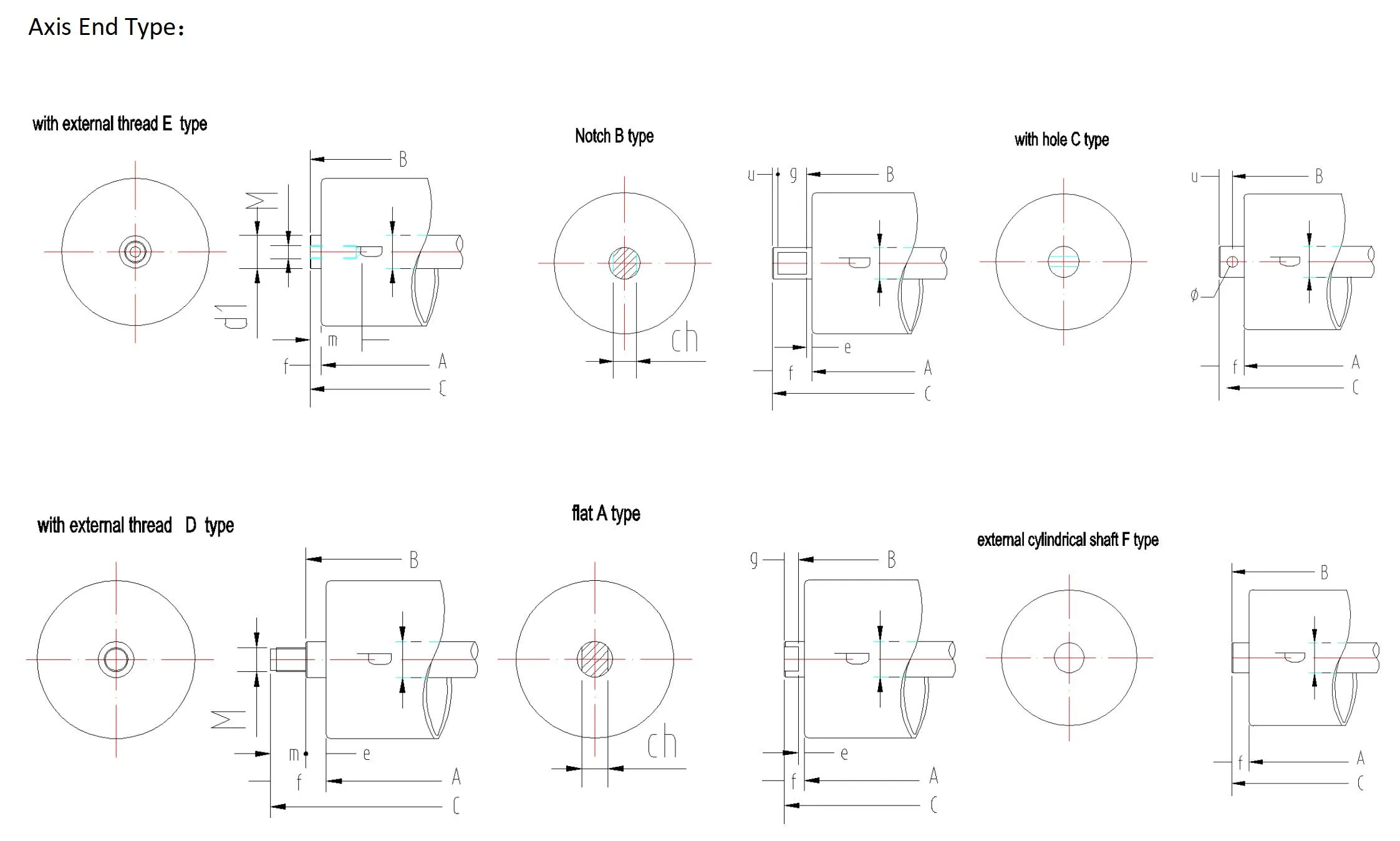 Afrikaans
Afrikaans  Albanian
Albanian  Amharic
Amharic  Arabic
Arabic  Armenian
Armenian  Azerbaijani
Azerbaijani  Basque
Basque  Belarusian
Belarusian  Bengali
Bengali  Bosnian
Bosnian  Bulgarian
Bulgarian  Catalan
Catalan  Cebuano
Cebuano  Corsican
Corsican  Croatian
Croatian  Czech
Czech  Danish
Danish  Dutch
Dutch  English
English  Esperanto
Esperanto  Estonian
Estonian  Finnish
Finnish  French
French  Frisian
Frisian  Galician
Galician  Georgian
Georgian  German
German  Greek
Greek  Gujarati
Gujarati  Haitian Creole
Haitian Creole  hausa
hausa  hawaiian
hawaiian  Hebrew
Hebrew  Hindi
Hindi  Miao
Miao  Hungarian
Hungarian  Icelandic
Icelandic  igbo
igbo  Indonesian
Indonesian  irish
irish  Italian
Italian  Japanese
Japanese  Javanese
Javanese  Kannada
Kannada  kazakh
kazakh  Khmer
Khmer  Rwandese
Rwandese  Korean
Korean  Kurdish
Kurdish  Kyrgyz
Kyrgyz  Lao
Lao  Latin
Latin  Latvian
Latvian  Lithuanian
Lithuanian  Luxembourgish
Luxembourgish  Macedonian
Macedonian  Malgashi
Malgashi  Malay
Malay  Malayalam
Malayalam  Maltese
Maltese  Maori
Maori  Marathi
Marathi  Mongolian
Mongolian  Myanmar
Myanmar  Nepali
Nepali  Norwegian
Norwegian  Norwegian
Norwegian  Occitan
Occitan  Pashto
Pashto  Persian
Persian  Polish
Polish  Portuguese
Portuguese  Punjabi
Punjabi  Romanian
Romanian  Russian
Russian  Samoan
Samoan  Scottish Gaelic
Scottish Gaelic  Serbian
Serbian  Sesotho
Sesotho  Shona
Shona  Sindhi
Sindhi  Sinhala
Sinhala  Slovak
Slovak  Slovenian
Slovenian  Somali
Somali  Spanish
Spanish  Sundanese
Sundanese  Swahili
Swahili  Swedish
Swedish  Tagalog
Tagalog  Tajik
Tajik  Tamil
Tamil  Tatar
Tatar  Telugu
Telugu  Thai
Thai  Turkish
Turkish  Turkmen
Turkmen  Ukrainian
Ukrainian  Urdu
Urdu  Uighur
Uighur  Uzbek
Uzbek  Vietnamese
Vietnamese  Welsh
Welsh  Bantu
Bantu  Yiddish
Yiddish  Yoruba
Yoruba  Zulu
Zulu conveyor belt idlers
Understanding Conveyor Belt Idlers Essential Components in Material Handling Systems
Conveyor belt systems are fundamental to various industries, facilitating the efficient movement of goods and materials. One of the critical components in these systems is the conveyor belt idler. Idlers are essential for supporting the weight of the conveyed material and the belt itself, ensuring smooth operations while enhancing the lifespan of the conveyor system.
What Are Conveyor Belt Idlers?
Idlers are non-powered rollers that provide support and maintain the alignment of a conveyor belt. They are strategically placed along the belt’s length to minimize friction, reduce wear, and ensure proper tensioning. Idlers can be mounted in various configurations, including troughing idlers, flat idlers, and return idlers, each serving a specific purpose in the conveyor design.
Types of Idlers
1. Troughing Idlers These are designed with a slight angle, typically between 20 to 30 degrees, forming a trough that allows for the secure holding of bulk materials. This design helps to prevent spillage and ensures that materials stay on track as the belt moves.
2. Flat Idlers As the name suggests, flat idlers are used for supporting the belt in applications where bulk materials are not involved. They typically provide a smooth surface and are crucial in ensuring that the conveyor system runs efficiently over its return path.
3. Return Idlers Positioned beneath the return side of the conveyor belt, these idlers support the belt as it returns to the loading area. They help align the belt, preventing lateral movement and ensuring optimal tracking.
conveyor belt idlers

4. Impact Idlers These are specifically designed to absorb the shock of heavy loads as they are transferred onto the belt. Impact idlers typically feature rubber or other cushioning materials to reduce wear and tear on the belt and idler components.
Importance of Idler Selection
Choosing the right idlers for a conveyor system is crucial for optimal performance and longevity. Factors such as the type of material being transported, the load weight, speed of the conveyor, and the environment all influence which idler type is most suitable. For instance, when handling abrasive materials, it is important to select idlers that can withstand wear and provide adequate support.
Maintenance of Conveyor Idlers
Regular maintenance of conveyor belt idlers is vital for ensuring their longevity and the overall efficiency of the conveyor system. This maintenance includes checking for misalignment, inspecting bearings for signs of wear, and ensuring that the idlers are free from obstructions. Timely maintenance can prevent costly downtimes and extend the lifespan of both the idlers and the conveyor belts.
Conclusion
In summary, conveyor belt idlers play a pivotal role in the functionality of material handling systems. They not only support the weight of the conveyor belt and the materials being transported but also help in maintaining the belt's alignment and reducing overall friction. Understanding the different types of idlers and their specific functions allows for more informed decisions when designing and maintaining conveyor systems. As industries continue to evolve, the importance of efficient material handling and the role of idlers will only grow, making them a focal point in ensuring operational success. By investing in high-quality idlers and adhering to regular maintenance schedules, businesses can enhance productivity and reduce operational costs in the long run.
-
Revolutionizing Conveyor Reliability with Advanced Rubber Lagging PulleysNewsJul.22,2025
-
Powering Precision and Durability with Expert Manufacturers of Conveyor ComponentsNewsJul.22,2025
-
Optimizing Conveyor Systems with Advanced Conveyor AccessoriesNewsJul.22,2025
-
Maximize Conveyor Efficiency with Quality Conveyor Idler PulleysNewsJul.22,2025
-
Future-Proof Your Conveyor System with High-Performance Polyurethane RollerNewsJul.22,2025
-
Driving Efficiency Forward with Quality Idlers and RollersNewsJul.22,2025





























